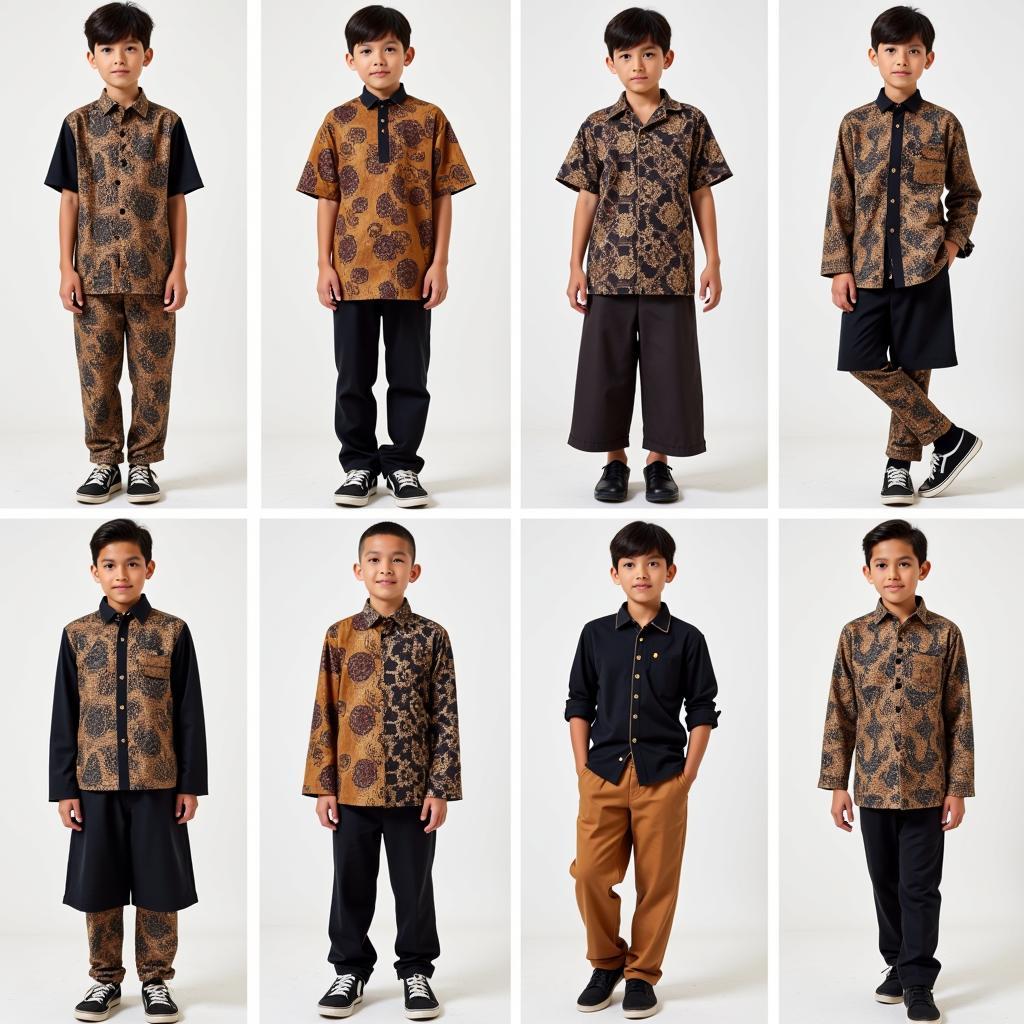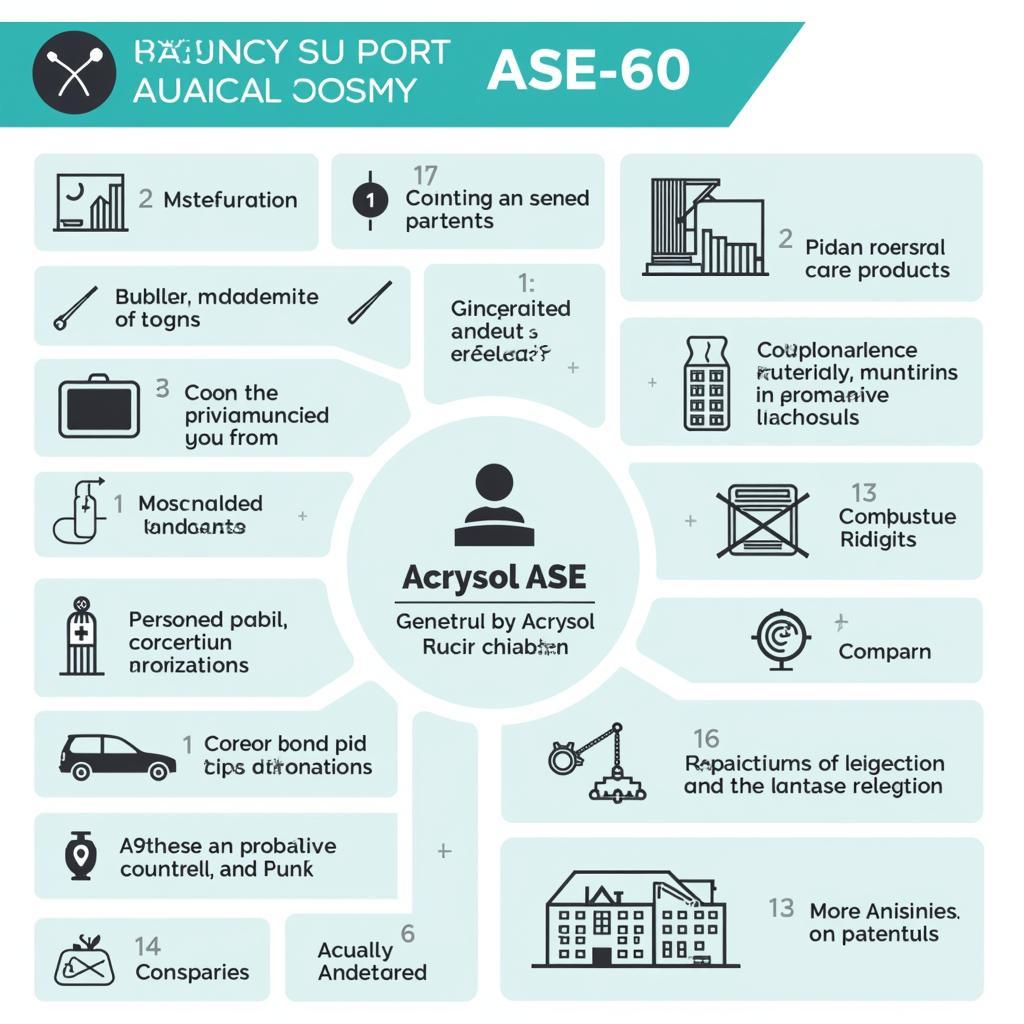Southeast Asia’s rich cultural tapestry is reflected in its diverse clothing traditions. This article explores the vibrant world of Asean Attire For Boys, encompassing both traditional garments and modern interpretations. From the intricate batik of Malaysia to the elegant silk shirts of Thailand, we’ll delve into the unique styles that define each nation’s sartorial heritage.
Exploring Traditional ASEAN Attire for Boys
Traditional clothing for boys across ASEAN countries often showcases intricate craftsmanship and symbolic meaning. These garments are not merely pieces of clothing; they represent cultural identity, historical narratives, and artistic expression. Let’s journey through some of the most iconic examples.
Batik in Malaysia and Indonesia: A Timeless Tradition
In Malaysia and Indonesia, batik holds a special place. Young boys often wear batik shirts for formal occasions and celebrations. The intricate patterns, created through a wax-resist dyeing technique, tell stories of nature, mythology, and local traditions. These shirts, paired with trousers or sarongs, offer a blend of comfort and cultural significance.
The Philippine Barong Tagalog: A Symbol of Elegance
The Philippines boasts the barong tagalog, a lightweight and embroidered shirt traditionally made from pineapple fibers or sheer fabrics. While often associated with men, the barong tagalog is also worn by boys for special events, symbolizing elegance and national pride. Its translucent fabric and intricate embroidery make it a unique and visually stunning garment.
Thai Silk Shirts: A Touch of Sophistication
Thailand is renowned for its silk. Boys often don traditional silk shirts for festivals and ceremonies. These shirts, available in a variety of colors and designs, exude sophistication and comfort. The smooth texture and vibrant hues of Thai silk make these shirts a cherished part of the nation’s cultural wardrobe.
Modern Interpretations of ASEAN Attire for Boys
While traditional garments retain their importance, modern interpretations are gaining popularity. Designers are blending traditional elements with contemporary styles, creating fashionable and culturally relevant clothing for boys.
Fusion Fashion: Blending Tradition and Modernity
The fusion of traditional ASEAN textiles and modern cuts has led to the creation of innovative clothing options for boys. Batik, for example, is now used in jackets, shorts, and even accessories. This blend allows young boys to embrace their cultural heritage while expressing their individual style.
Everyday Wear with a Cultural Twist
Traditional patterns and motifs are being incorporated into everyday wear for boys. T-shirts, hoodies, and even sneakers can feature subtle nods to ASEAN cultural heritage. This allows boys to connect with their roots in a contemporary and accessible way.
ASEAN Attire for Boys: Embracing Diversity and Heritage
ASEAN attire for boys reflects the region’s rich cultural tapestry. From traditional garments to modern interpretations, these clothes represent a vibrant blend of history, art, and identity.
What are some common occasions where boys wear traditional ASEAN attire? Traditional attire is often worn during festivals, religious ceremonies, weddings, and national holidays. These occasions provide an opportunity to celebrate cultural heritage and express national pride.
 Contemporary ASEAN-Inspired Clothing for Boys
Contemporary ASEAN-Inspired Clothing for Boys
In conclusion, ASEAN attire for boys offers a fascinating glimpse into the region’s diverse cultures. Whether it’s a traditional batik shirt or a modern design with a cultural twist, these garments celebrate heritage and identity. Embracing these styles allows boys to connect with their roots and express their individuality.
FAQ
- What is the significance of batik in ASEAN culture?
- Where can I purchase authentic ASEAN attire for boys?
- How can I incorporate ASEAN-inspired clothing into my child’s everyday wardrobe?
- What are some popular accessories that complement ASEAN attire for boys?
- Are there specific colors or patterns associated with different ASEAN countries?
- How do I care for traditional ASEAN garments?
- Where can I find resources to learn more about ASEAN cultural attire?
Need assistance? Contact us 24/7 at Phone: 0369020373, Email: aseanmediadirectory@gmail.com or visit our office at Thon Ngoc Lien, Hiep Hoa, Bac Giang, Vietnam.
